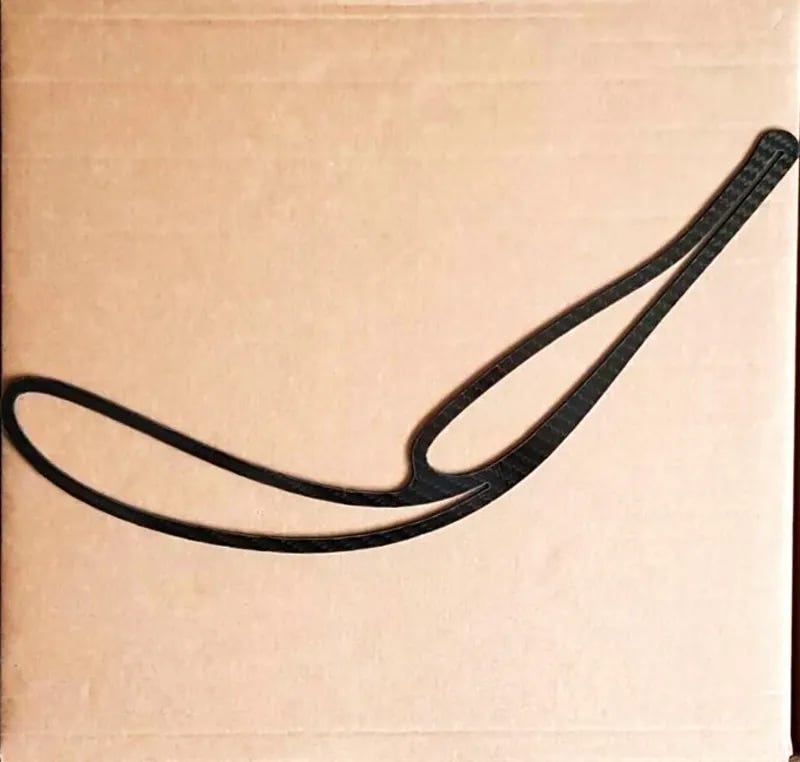In F1, one of the biggest technical rules says that no aerodynamic bodywork is allowed to move. Movable aerodynamics have gigantic benefits, but like with most of these things it's banned on safety grounds. And with good reason.
Luckily for the teams though, nothing can be infinitely rigid otherwise it would fail as soon as load is applied, and so there is some room to experiment with. And for engineers as smart as those who work in Formula One, this 'small room to experiment with' is plenty to exploit.
After all, they say with no regulations they could quite possibly knock a clean out with the speeds the cars would do.
The first time flexing rear wings were seen was in 1999. The teams had found a way to tilt the rear wings backward under load, and this meant they could get maximum downforce in the corners whilst reducing drag on the straights. The wing had a shallower gradient and therefore less air hitting it per second, resulting in higher straight-line speed.
The crucial point here though is that the wing moves under load. This means that the wing not only tilts on straights, but also in high speed corners, so as a consequence cars would be less stable in the faster turns. A number of high profile accidents as a result of movable rear wings prompted the FIA to introduce a stringent 100KG load test to make sure this didn't happen again.
As is usually the case in F1, teams found a way around this. In 2006 the teams had designed the rear wing plane in such a way that the gap between the main plane and top flap closed up as speed built, instead of the whole structure moving back. This stalled the air, reducing downforce and drag.
The FIA hit back with 'slot gap separators' which connected the two flaps so they couldn't move relative to each other, instead they'd have to move as a whole unit.
It took a mere four years for them to return, this time with Red Bull and Adrian Newey under fire, probably because they were dominating. In reality it wasn't just them, but as we so often love to do as fans, we need an excuse to criticise whoever's winning ;). (Red Bull were still the best at it though).
It's speculated that they found a way to flex (the front wing this time) while out on track, because after all the load tests are static, so if you can find a way to create an elastic effect out on track the FIA can't penalise you.
However, this time the intended effect was to increase downforce, not reduce it. The edges of the front wings were designed so that they would tilt downwards at slow speeds, not only increasing downforce at the front wing by exploiting ground effect (the rule that says aerofoils produce more downforce when closer to the ground), but also improving the wake around the rest of the car and downforce in general.
In truth though, there is no definite way to ban flexible wings but the 2014 regulation changes did seem to slow the teams down in this regard. By 2017 though, Red Bull yet again navigated their way around the rules, this time with a flexing footplate on the endplate of the front wing. This altered the shape, speed and direction of the vortex that came off of it at different speeds. A massive advantage, as already established, by improving the airflow downstream of the car.
2019 did seem to peg the teams back yet again, with less elements available the aerodynamic departments don't have as much leeway with aero flex, but who knows? They could make another comeback in the coming seasons... Next time you're looking at a Red Bull car on the track, make sure you try and spot if the front wing moves!








